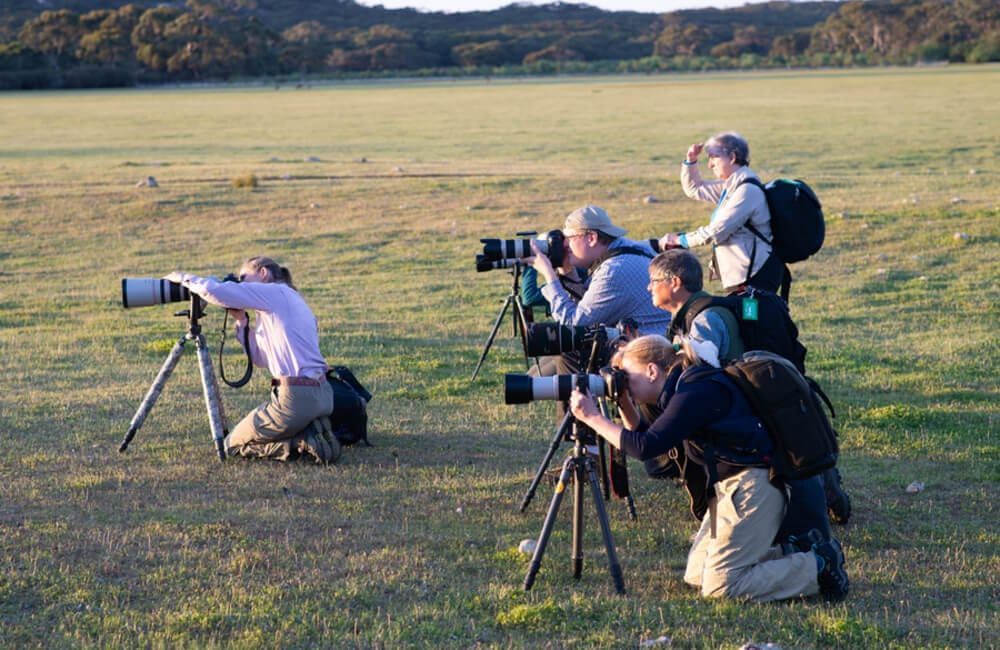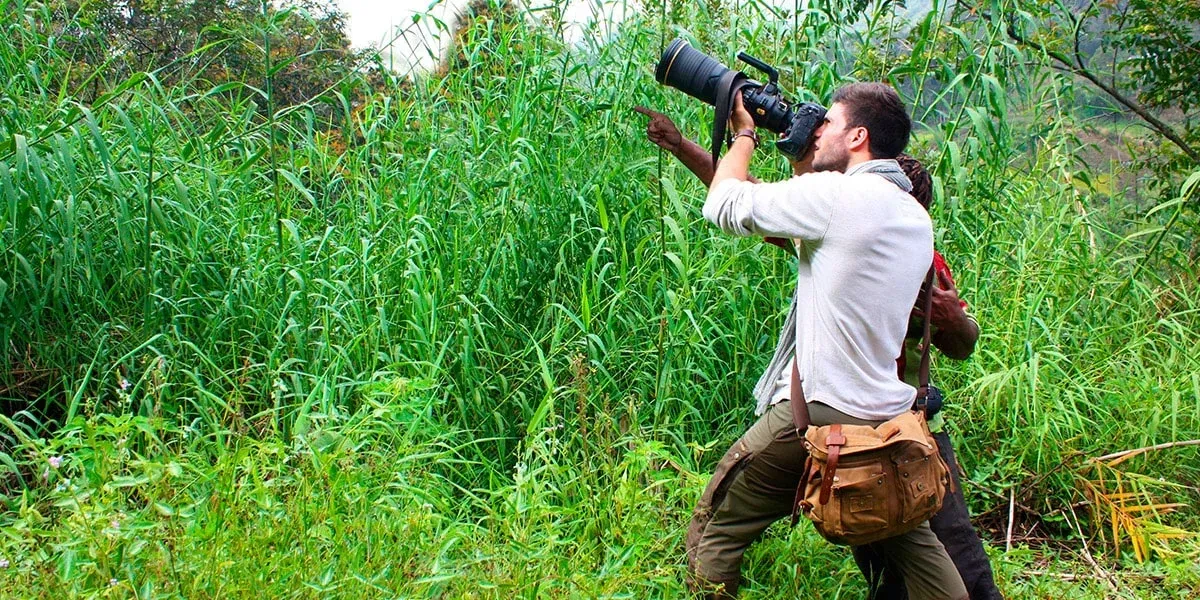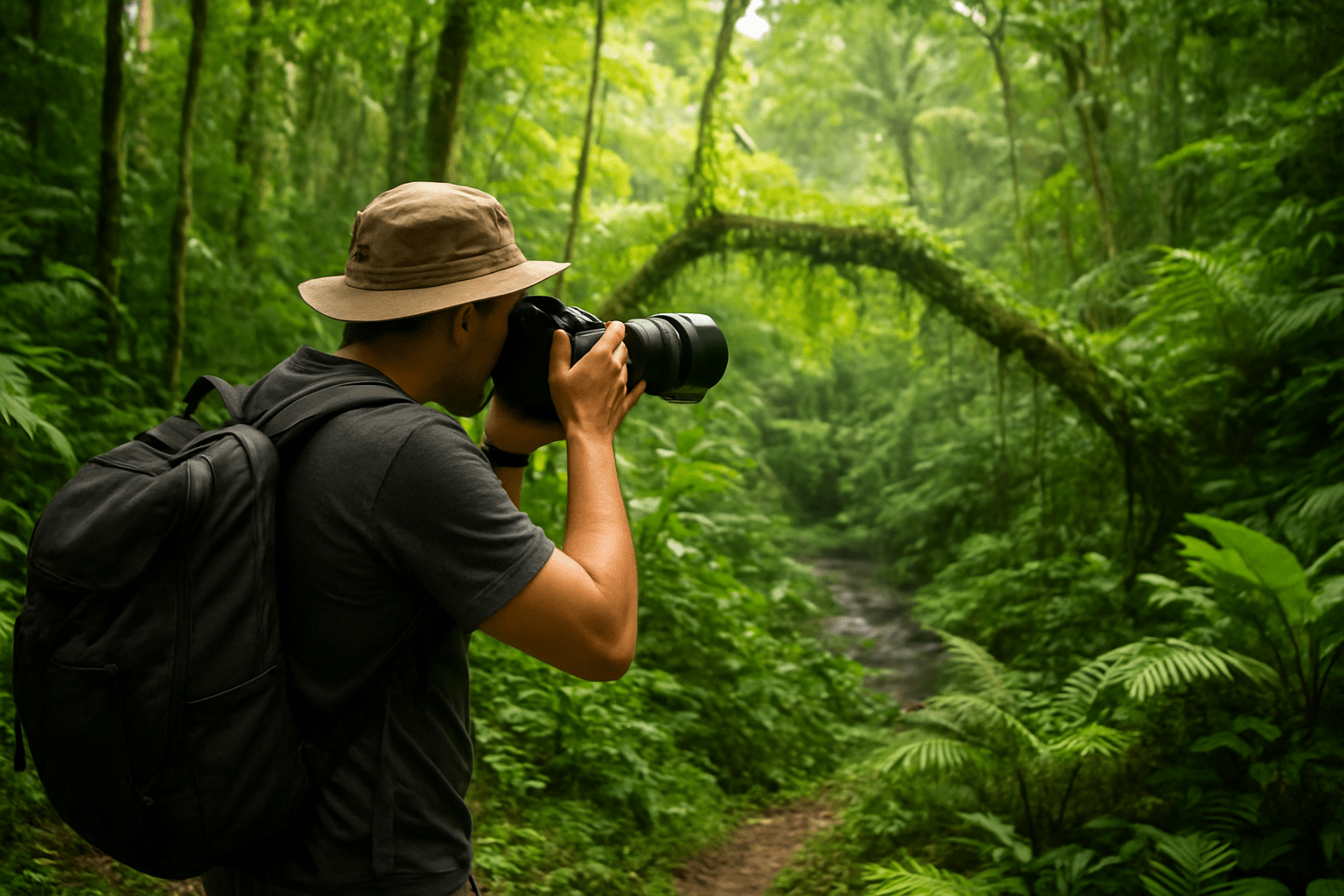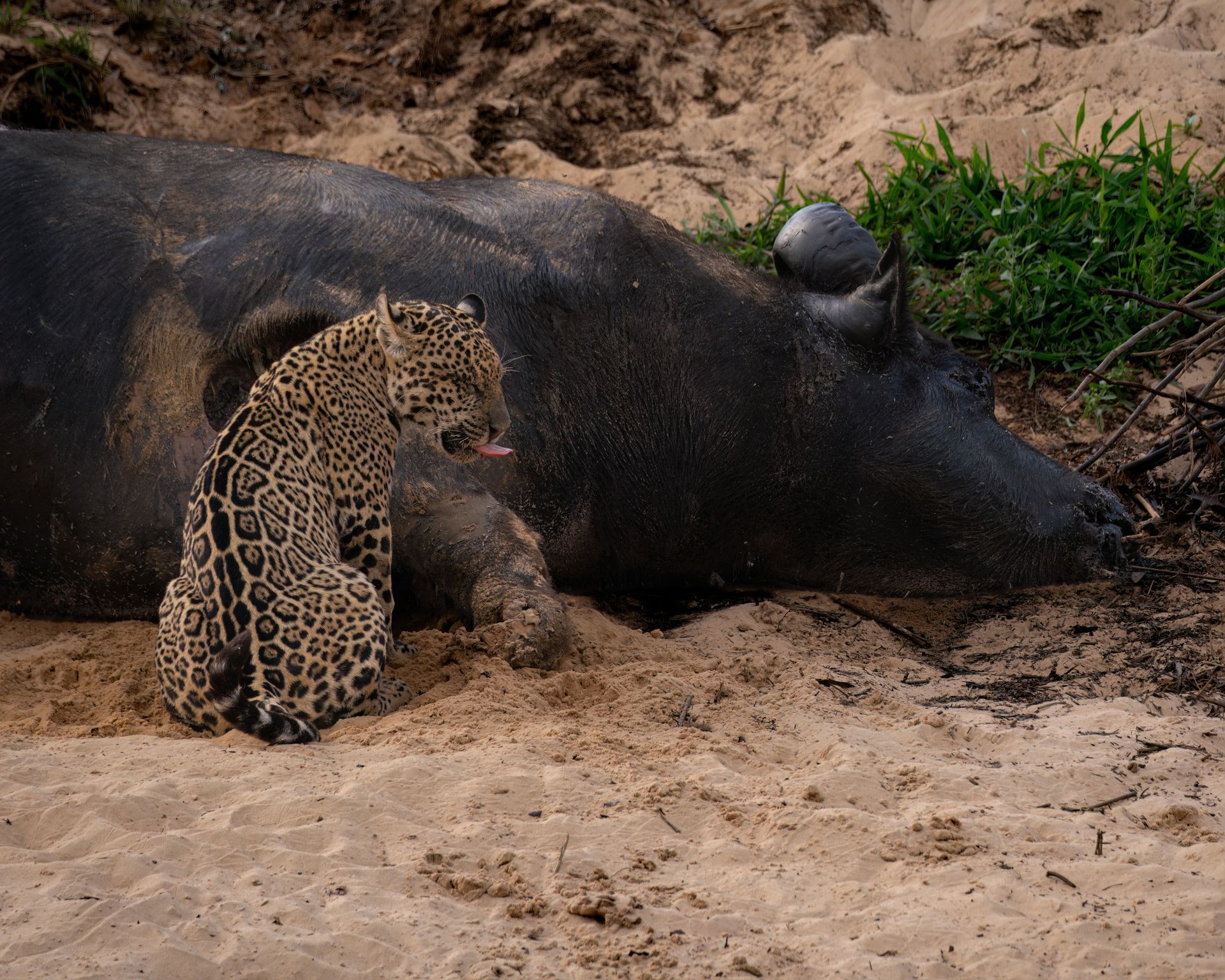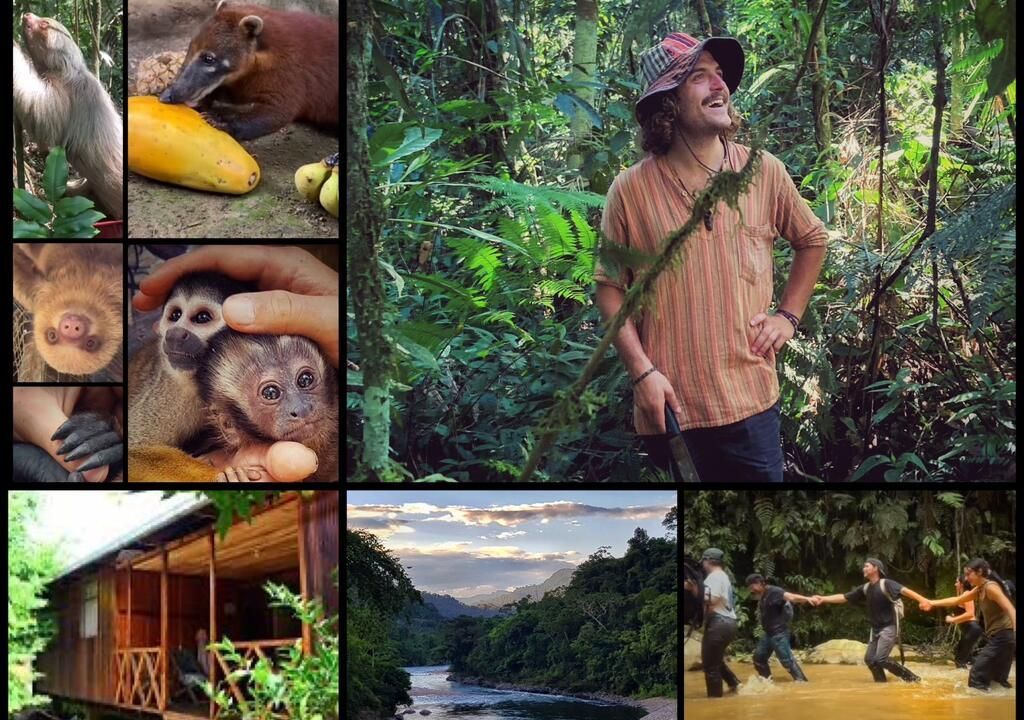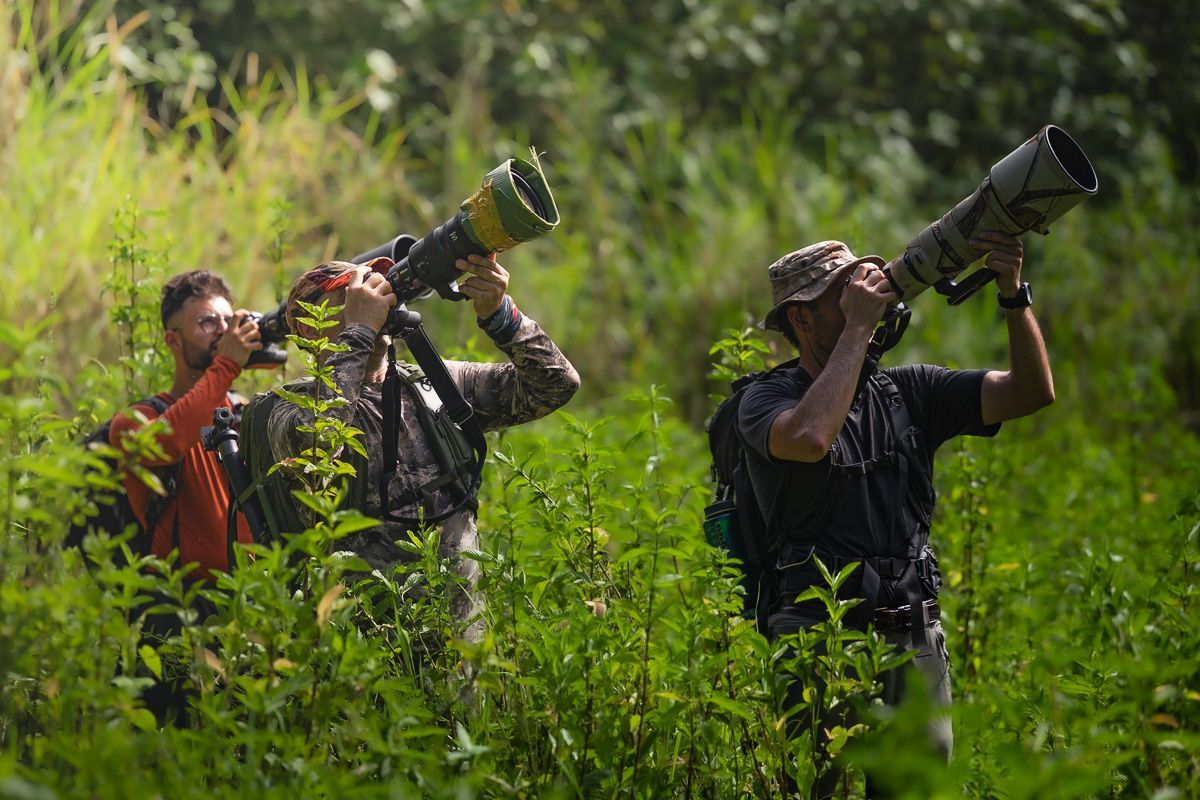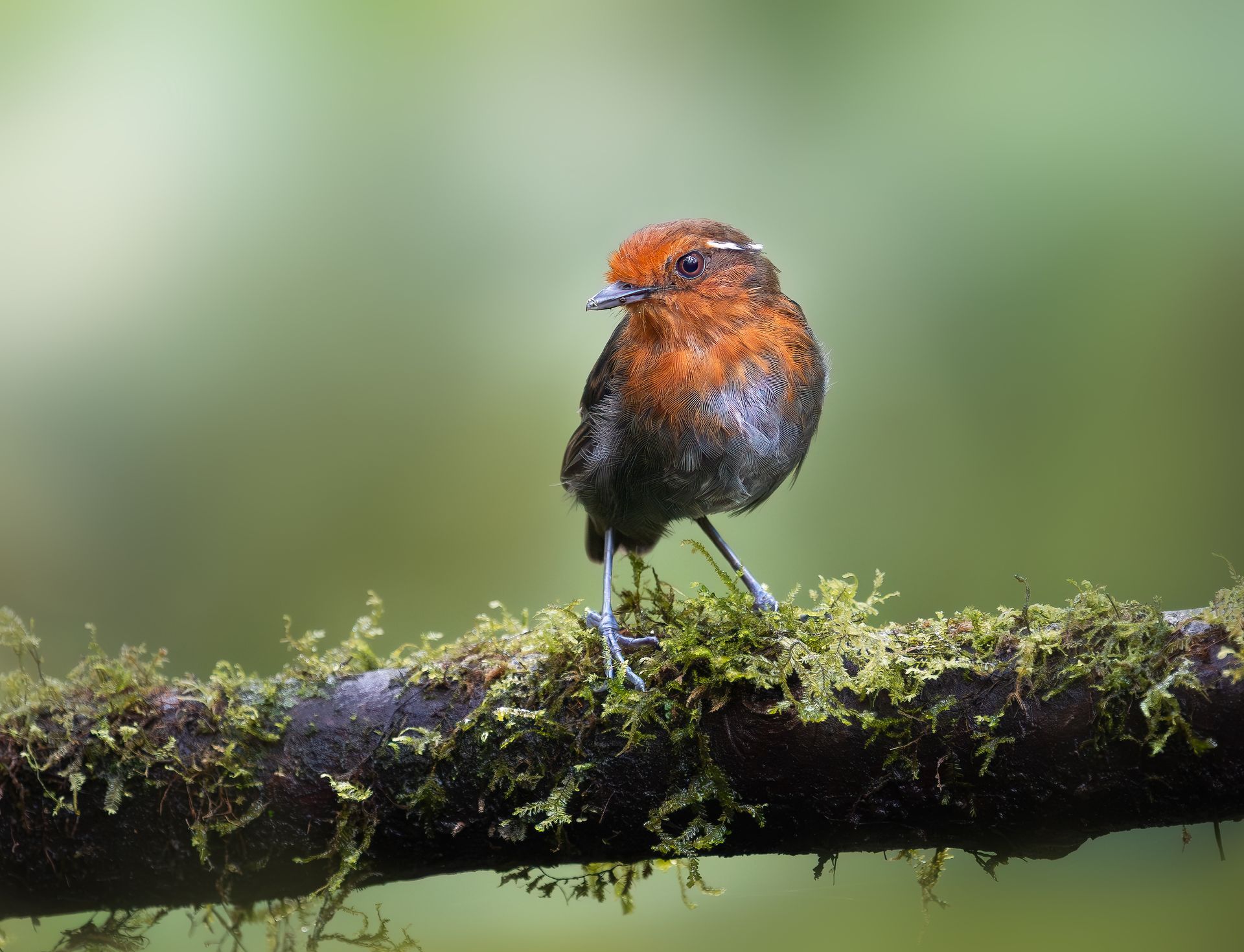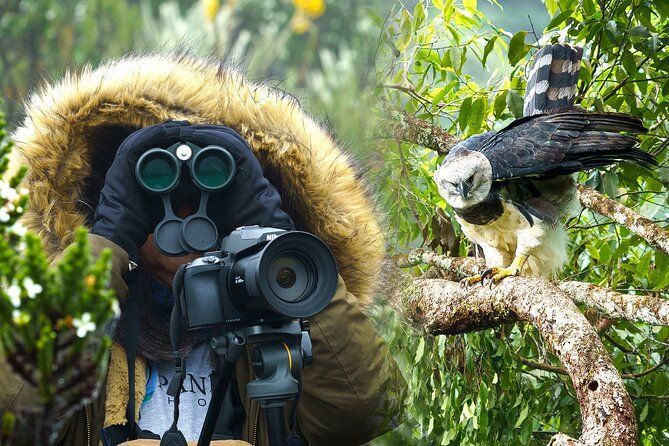Rare and Endemic Birds of Peru Every Photographer Should Capture
Rare and Endemic Birds of Peru Every Photographer Should Capture
Peru stands as one of the most spectacular bird photography destinations in the world. With more than 1,800 recorded bird species — including over 100 found nowhere else on Earth — this country is a living paradise for ornithologists and wildlife photographers. From the mist-covered Andean cloud forests to the steamy Amazon Basin, Peru offers endless opportunities to capture vibrant, rare, and endemic bird species in their natural splendor.
For bird photographers who crave diversity, color, and adventure, Peru provides a journey like no other. Every region holds unique photographic treasures waiting to be discovered.
Understanding Peru’s Birding Diversity
A Natural Bridge Between Ecosystems
Peru’s extraordinary biodiversity stems from its geography. It bridges three major ecosystems — the coast, the Andes Mountains, and the Amazon rainforest. This unique combination creates habitats ranging from dry deserts to humid jungles, each home to its own endemic species.
The Andean slopes, for instance, harbor elusive high-altitude specialists, while the lowland rainforests teem with colorful tanagers, hummingbirds, and macaws.
Endemism: What Makes Peru So Unique
An endemic bird is one that is found only in a specific region, and Peru has over a hundred of them. This means photographers can capture species that exist nowhere else on the planet — a dream for wildlife enthusiasts who want exclusive shots.
From the rare Long-whiskered Owlet to the dazzling Marvelous Spatuletail, these birds make Peru a world leader in endemic avian life.
Top Destinations for Endemic Bird Photography
Manu National Park – The Heart of Biodiversity
Recognized as one of the most biodiverse regions on Earth, Manu National Park is a must-visit for any bird photographer.
Here, you can find species like the Manu Antbird, Black-faced Cotinga, and the Amazonian Umbrellabird. The park’s blend of cloud forest, Andean foothills, and lowland jungle provides endless photographic variety.
Tips for Photographers
- Visit during the dry season (May to September) for easier travel and clear light conditions.
- Use a telephoto lens (400mm or higher) to capture canopy species.
- Stay in local eco-lodges to access guided birdwatching trails early in the morning.
Abra Patricia – Land of Mist and Mystery
Hidden in northern Peru, Abra Patricia is a dream for photographers seeking dramatic cloud forest scenes. The misty atmosphere and lush vegetation create an ethereal backdrop for your images.
Here, you can photograph Peru’s crown jewels:
- Long-whiskered Owlet – one of the rarest owls on the planet.
- Royal Sunangel – a striking hummingbird with deep violet hues.
- Ochre-fronted Antpitta – a shy species that rewards patient photographers.
What Makes It Special
Abra Patricia’s cloud forests sit at elevations between 1,800 and 2,500 meters. The soft, diffused light found here enhances color saturation and reduces harsh shadows — perfect for bird photography.
Tambopata National Reserve – Color in Motion
The Tambopata Reserve is synonymous with color. Located in southeastern Peru, it’s world-famous for its macaw clay licks where hundreds of parrots and macaws gather daily to feed on mineral-rich soil.
Photographers can capture unforgettable moments of:
- Scarlet Macaws in flight.
- Chestnut-fronted Macaws feeding at clay cliffs.
- Blue-headed Parrots interacting in groups.
Pro Tip
Arrive before sunrise to catch early light and capture the birds’ first feeding rush. Use continuous burst mode to photograph fast wing movements.
Machu Picchu and the Sacred Valley
While Machu Picchu draws millions of tourists for its history, photographers come for its unique avian residents. The surrounding cloud forests host species like:
- Masked Fruiteater
- Green-and-white Hummingbird
- Cusco Brushfinch
The contrast between ancient ruins and vibrant birdlife makes this region a paradise for artistic photography.
Shooting Suggestions
Use wide apertures (f/2.8–f/5.6) to blur the background and focus on the bird’s fine details. If possible, include elements of Inca architecture for creative composition.
Lake Junín – The Home of the Junín Grebe
In central Peru lies Lake Junín, the only place on Earth where the Junín Grebe resides. This critically endangered species provides a once-in-a-lifetime opportunity for photographers.
The surrounding wetlands are also home to other waterfowl, including the Andean Goose and White-tufted Grebe.
When to Go
June to August offers the clearest skies and calm waters — perfect for mirror-like reflections in your shots.
The 10 Must-Capture Endemic Birds of Peru
1. Marvelous Spatuletail
One of the most extraordinary hummingbirds in the world, known for its long, spatula-shaped tail feathers. Best photographed in the Utcubamba Valley.
2. Junín Grebe
A critically endangered species found only on Lake Junín. Photograph from small boats at sunrise for golden lighting.
3. Long-whiskered Owlet
This tiny owl, about the size of your hand, is one of Peru’s most mysterious birds. Seen mainly in Abra Patricia.
4. White-cheeked Cotinga
A rare Andean species with striking white cheeks and dark plumage.
5. Royal Cinclodes
Lives in high-elevation Polylepis forests and is one of the most threatened birds in South America.
6. Ash-breasted Tit-Tyrant
Photogenic and full of character, found in montane scrub habitats.
7. Inca Wren
Common around Machu Picchu, it’s a favorite for its bold facial markings.
8. Pale-tailed Canastero
Prefers high-altitude grasslands; capture it with wide landscapes for a dramatic effect.
9. Ochre-fronted Antpitta
A shy but beautiful bird that rewards patience with intimate, detailed shots.
10. Black-spectacled Brushfinch
Found in central Andes valleys — its contrasting facial markings make it a standout model.
Techniques for Photographing Rare Birds
Focus on Natural Behavior
Rather than simply chasing portraits, aim to capture behavioral moments — feeding, preening, or flying. These tell a richer visual story.
Master the Use of Light
Peru’s lighting can be unpredictable. Early mornings and late afternoons are ideal for soft, golden tones. In cloud forests, overcast light reduces harsh contrast and enhances feather details.
Use Proper Camera Settings
- Shutter speed: Minimum 1/1000s for moving birds.
- Aperture: f/4–f/5.6 for balanced depth of field.
- ISO: Adjust between 400–1600 depending on light.
- Burst mode: Crucial for capturing wings mid-motion.
Ethical Practices
Always prioritize the bird’s well-being. Avoid playback calls, limit flash use, and stay on designated trails. Sustainable photography ensures minimal impact on wildlife.
Why Peru Is Perfect for Bird Photographers
Accessibility and Local Expertise
Peru has developed an excellent ecotourism network. Local guides are often expert birders and photographers who can help you find rare species efficiently.
Diverse Photography Opportunities
From macro shots of hummingbirds to wide compositions of Andean condors soaring over valleys, Peru offers every kind of photographic challenge and reward.
Culture and Color Beyond Birds
Beyond avian life, Peru’s rich culture and landscapes provide additional creative inspiration. You can combine bird photography with scenes of ancient ruins, indigenous markets, or mountain vistas.
Planning Your Bird Photography Tour in Peru
Best Time to Visit
The dry season (May–October) offers clear skies and good road conditions, making it the best period for bird photography expeditions.
Equipment Checklist
- DSLR or mirrorless camera with fast autofocus
- Telephoto lens (400mm–600mm recommended)
- Lightweight tripod or monopod
- Waterproof backpack
- Rain cover for gear
- Binoculars for spotting
Health and Safety
High-altitude destinations like Cusco and Manu require time for acclimatization. Stay hydrated, pack light, and bring insect repellent for Amazon trips.
A Photographer’s Reflection
Every trip through Peru feels like stepping into a living field guide. Each sunrise reveals a new sound, a new flash of color, or a silhouette in the mist that challenges and inspires you. For photographers, these moments go beyond capturing beauty — they’re about witnessing the delicate connection between wildlife, habitat, and conservation.
Final Thoughts
Peru is not just another destination; it’s a sanctuary for endemic birds and a playground for photographers who seek meaning behind every frame. Whether you’re tracking the rare Long-whiskered Owlet in the cloud forests or waiting at dawn by the shores of Lake Junín, every click tells a story — a story of biodiversity, resilience, and wonder.
For serious bird photographers, Peru is not optional — it’s essential.



